1960s
Modern Witches
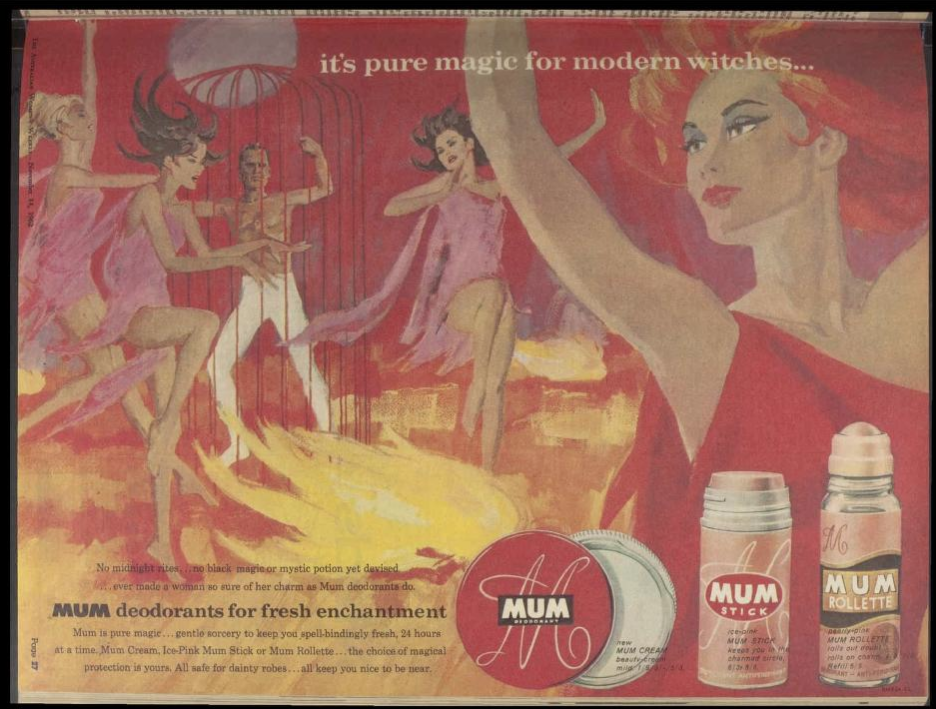
Posted By: Paul - Fri Oct 09, 2020 -
Comments (3)
Category: Holidays, Superstition, 1960s, Women
The Lewis Sisters, “He’s An Oddball”
Our theme song here.
Posted By: Paul - Fri Oct 02, 2020 -
Comments (2)
Category: Antisocial Activities, Eccentrics, Music, 1960s
S&H Green Stamps Motorboat Redemption
Folks of a certain age recall "trading stamps," tokens with a certain value given out to shoppers when they made a purchase.This site has a nice summary of the phenomenon, with lots of pictures of pages from the redemption catalog.
Here's an ad from 1968 which reveals you could get a Chrysler motorboat with Green Stamps.
Source.
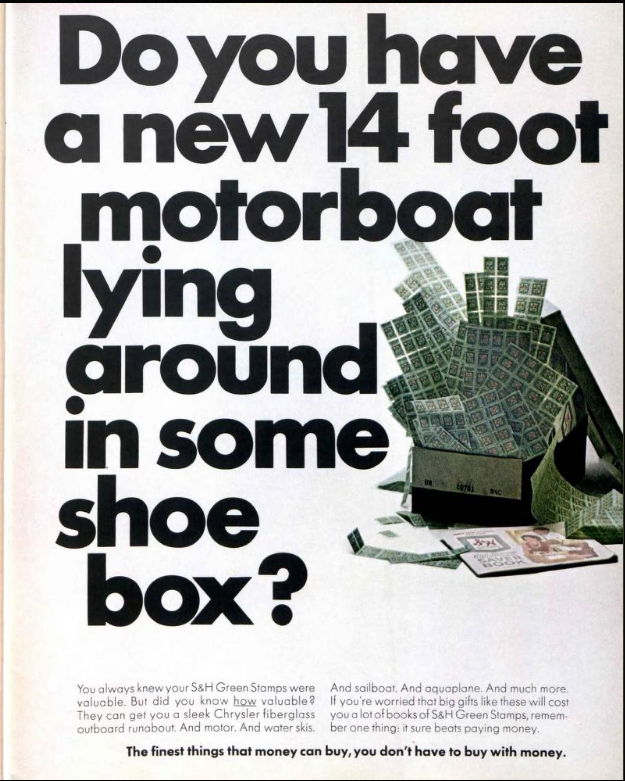
I got curious about how many books of stamps that might take. So I did some very rough calculations, fudging the different years, etc.
This site reveals that a similar boat cost about $1500.00 when new in 1969.
In the catalog at the previous link, an Admiral Color TV demands 150 books.
Here's the likely price in dollars of such an item, as seen below.
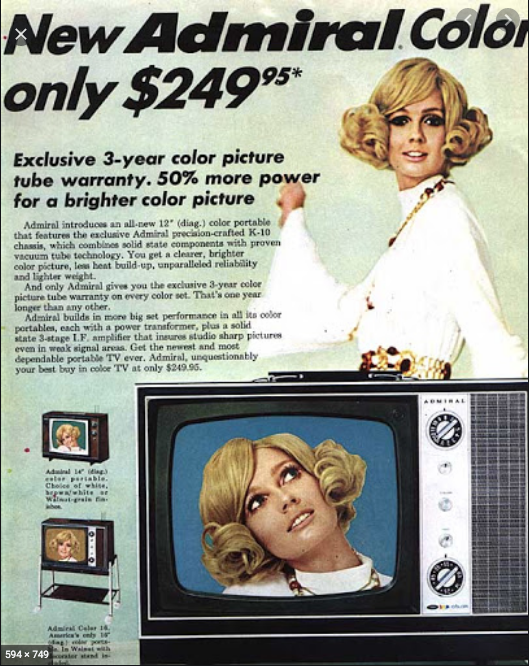
So the boat cost six times a TV, and might, I'm guessing, demand 900 books of stamps. However, I also read that each filled book was worth $1.20, so that would require 1,250 books!
That's a lot of weekly shopping trips to your local IGA, since you got only a handful of stamps with each purchase. I wonder how many people ever took advantage of the offer.
Posted By: Paul - Mon Sep 28, 2020 -
Comments (5)
Category: Boats, Business, Loyalty Programs, Shopper Incentives, Coupons and Other Discounts, Television, 1960s, 1970s
Twiggy Sings
A second career of which I myself knew nothing.
Posted By: Paul - Thu Sep 24, 2020 -
Comments (2)
Category: Fashion, Music, 1960s, 1970s
Subjective Color
July 25, 1967: During its broadcast of the TV series Combat!, ABC aired a commercial for a soft-drink called Squirt. The commercial appeared in color. What made this unusual is that it appeared in color even on black-and-white TV sets.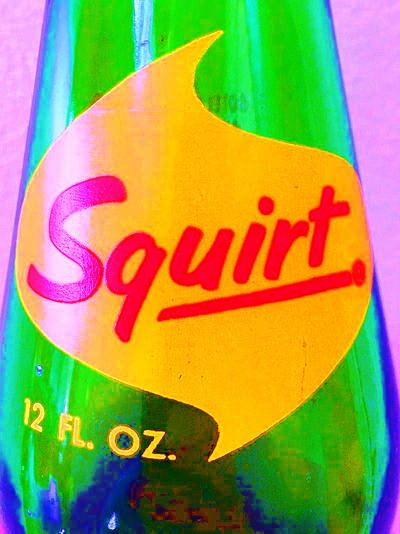
The commercial used a technology developed by the Color-Tel Corp., and patented by James Butterfield, that used pulses of light to trick the brain into thinking that it was seeing color. Butterfield described this as "subjective color".
The company had informed the media before the broadcast, but most people didn't know it was going to happen, and so they thought they were going nuts when they suddenly saw flashes of color on their black-and-white sets.
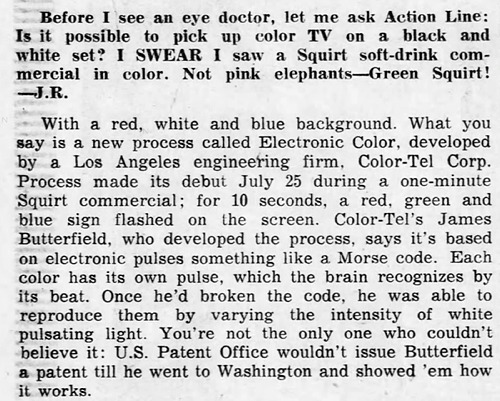
Detroit Free Press - Sep 14, 1967
The technology had some limitations. It could only be used for still images. Also, the colors were muted and flickered a lot. But the really big problem was that the technology emerged just as color TVs were becoming popular. So it was a clever gimmick that no longer had much practical purpose.
More info: Chronicles from the Analog Age Blog
Also worth noting: the idea of being able to see color images on a black-and-white set was the premise of a famous April Fool's Day hoax that occurred in 1962 in Sweden.
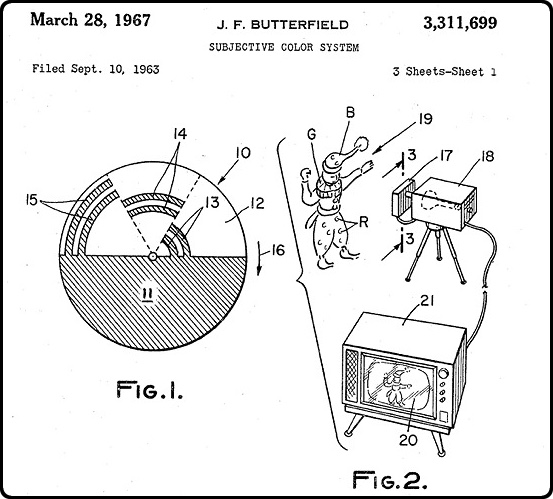
Posted By: Alex - Sun Sep 20, 2020 -
Comments (0)
Category: Inventions, Patents, Television, 1960s
Follies of the Madmen #488
Induces gagging sensations of sipping tobacco-flavored drink.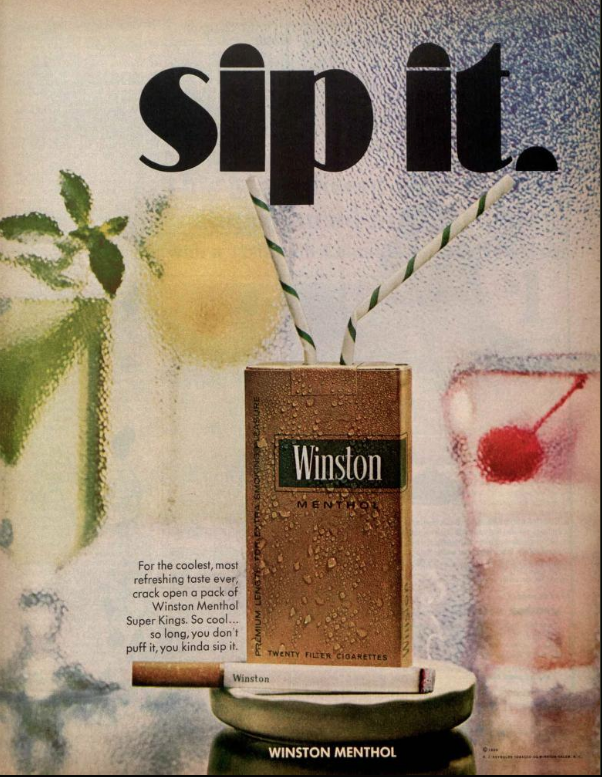
Source.
Posted By: Paul - Sun Sep 20, 2020 -
Comments (0)
Category: Business, Advertising, Tobacco and Smoking, 1960s, Nausea, Revulsion and Disgust
Music Beamed to Astronauts
This NPR feature describes how Mission Control had a tradition of waking up orbiting astronauts with music. But as you can see in the second piece, the playlist was even more extensive at one time.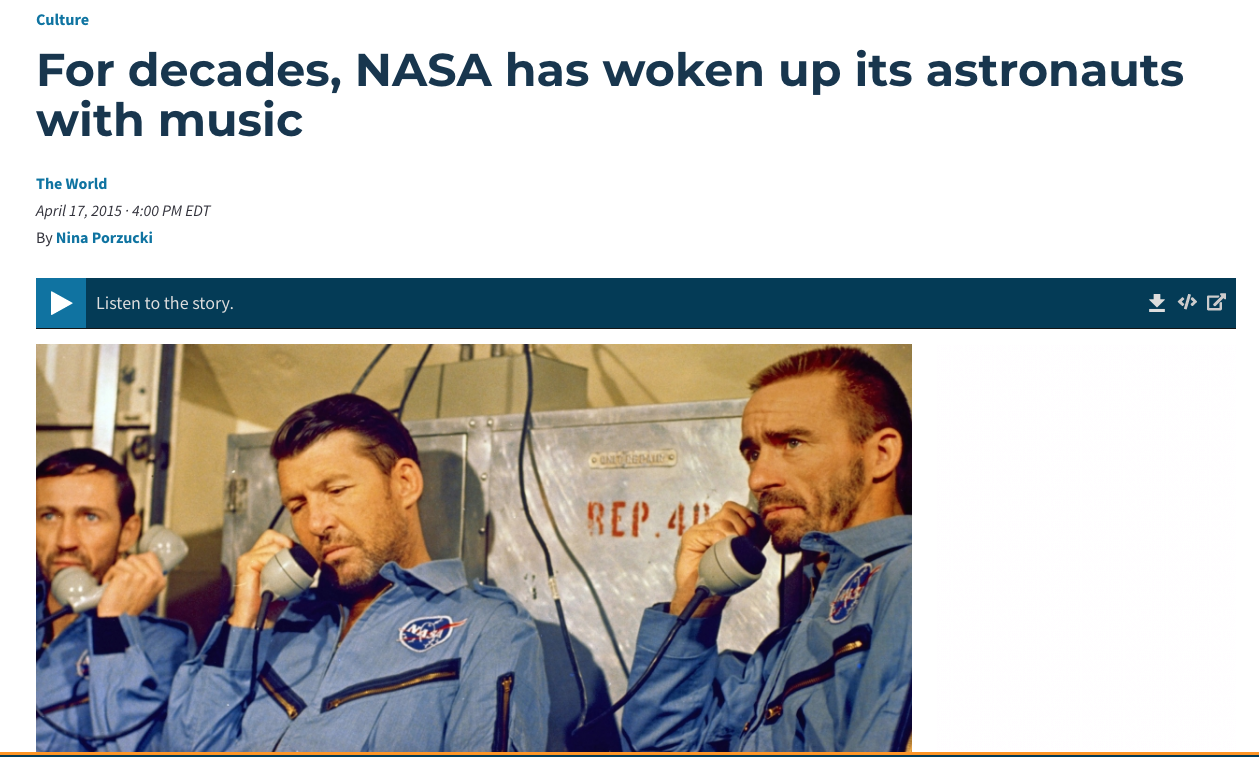
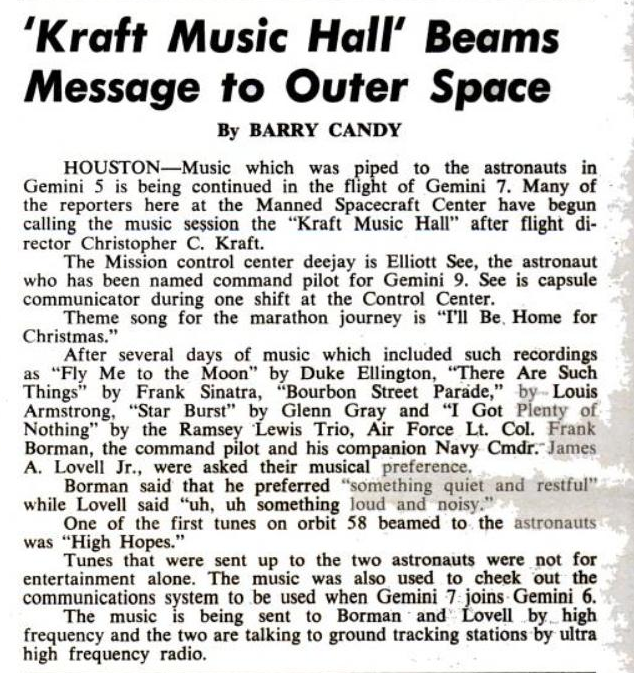
Source of text.
Posted By: Paul - Wed Sep 16, 2020 -
Comments (0)
Category: Music, Spaceflight, Astronautics, and Astronomy, 1960s
Music to move families by
"a promotional release given to families who moved in 1960 using Allied Vans services."

image source: Unearthed In The Atomic Attic
You can listen to the entire album via YouTube:
Posted By: Alex - Mon Sep 14, 2020 -
Comments (2)
Category: Music, 1960s
Perry Submarines
Hobbyist submarines are pretty oddball. (Not even getting into the territory of drug-smugglers with homemade subs.) Here's a forerunner from 1962.Apparently the company is still going strong. Although they don't make subs anymore.
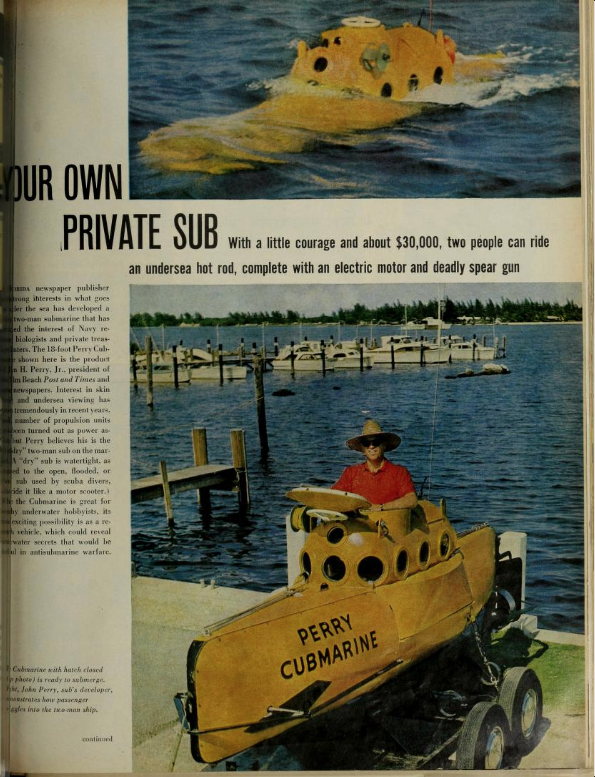
The restoration of one sub.
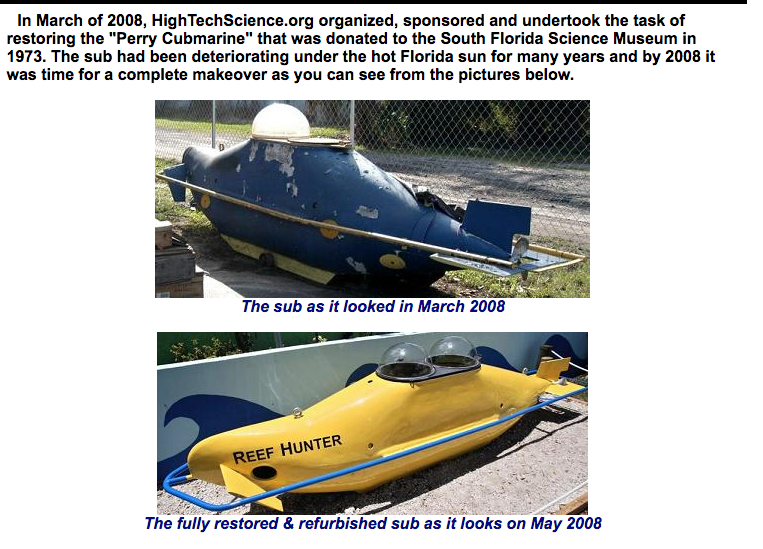
Posted By: Paul - Mon Sep 07, 2020 -
Comments (3)
Category: Daredevils, Stuntpeople and Thrillseekers, Hobbies and DIY, Oceans and Maritime Pursuits, 1960s
A silly millimeter longer
In 1966, Benson & Hedges introduced the "100" — an extralong, 100-millimeter cigarette. Their tongue-in-cheek commercials focused on the supposed disadvantages of such a long cigarette.Not to be outdone, the makers of Chesterfields responded by introducing the "101", which was 101 millimeters long. As they put it, it was a "silly millimeter longer."
As far as I know, no one ever introduced a "102" cigarette.
Posted By: Alex - Fri Sep 04, 2020 -
Comments (5)
Category: Smoking and Tobacco, 1960s

| Who We Are |
|---|
| Alex Boese Alex is the creator and curator of the Museum of Hoaxes. He's also the author of various weird, non-fiction, science-themed books such as Elephants on Acid and Psychedelic Apes. Paul Di Filippo Paul has been paid to put weird ideas into fictional form for over thirty years, in his career as a noted science fiction writer. He has recently begun blogging on many curious topics with three fellow writers at The Inferior 4+1. Contact Us |




